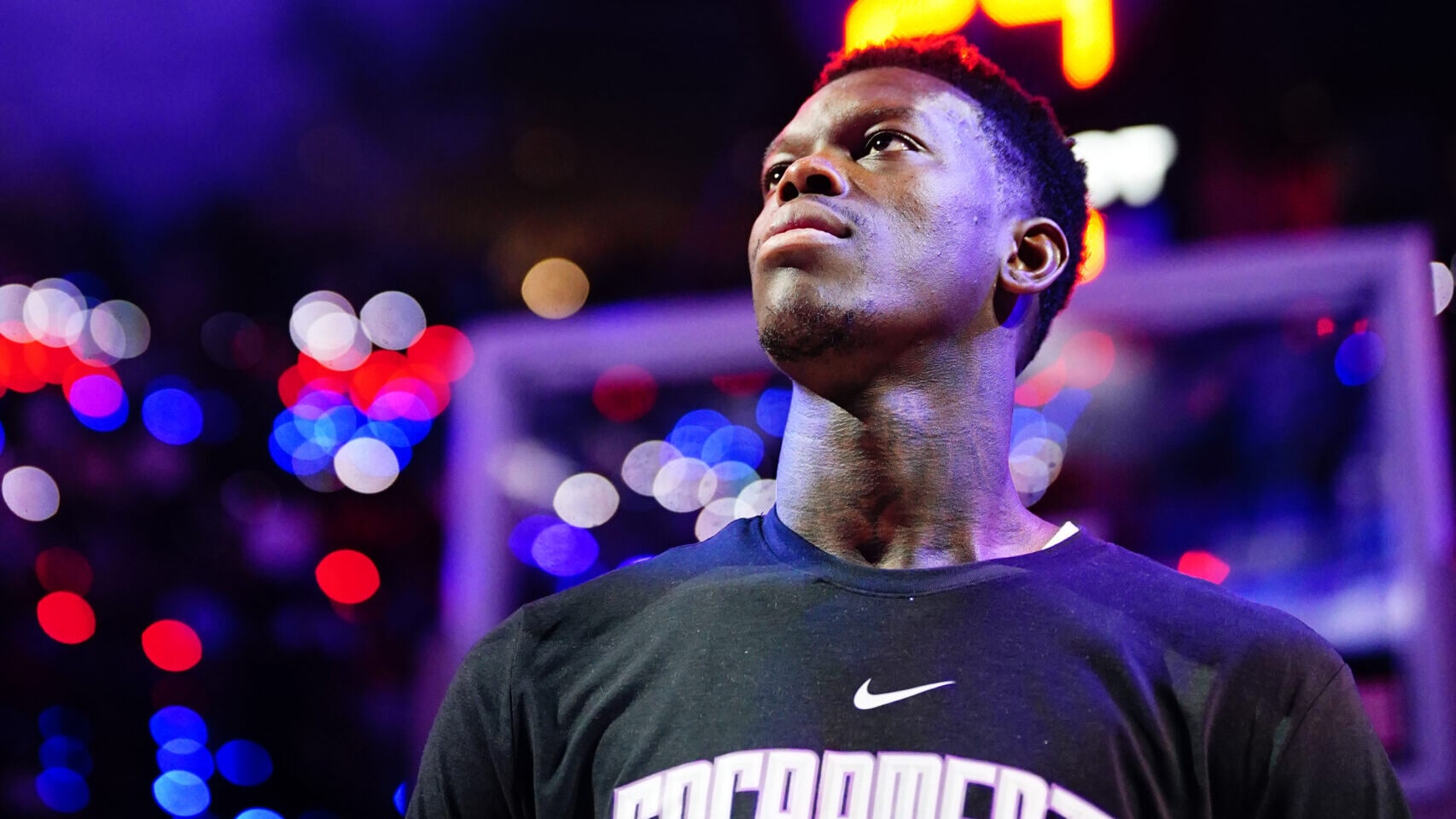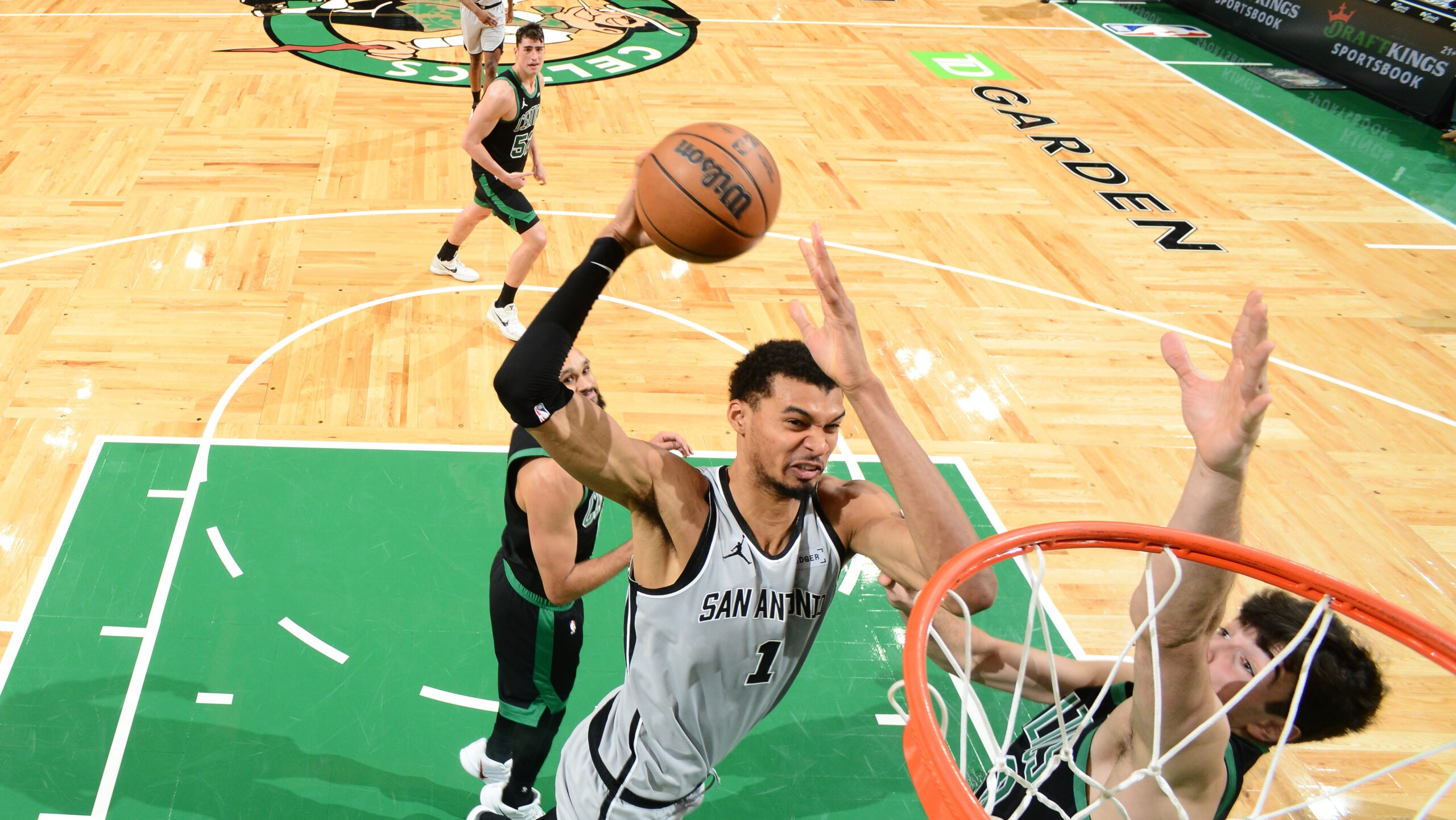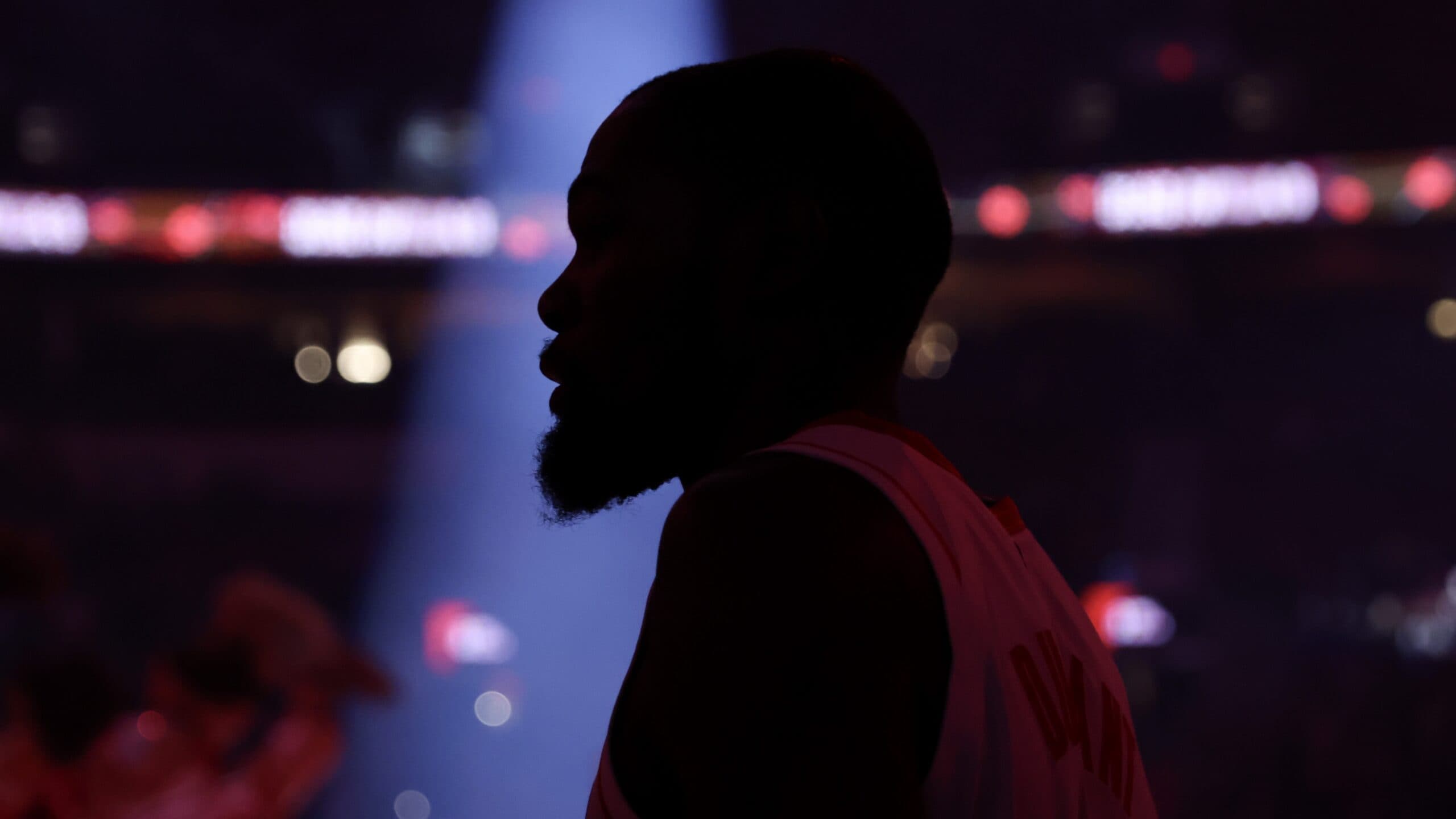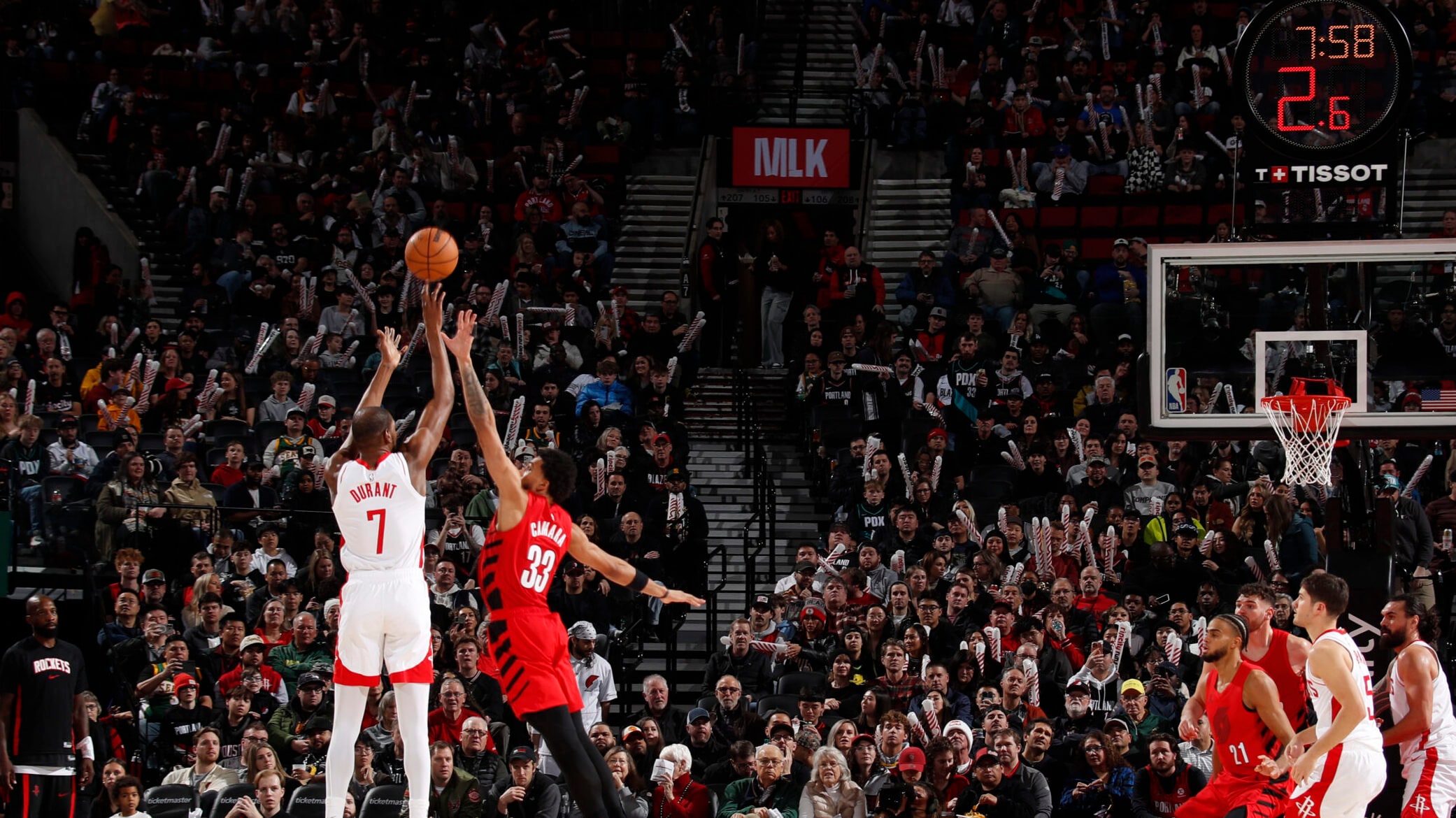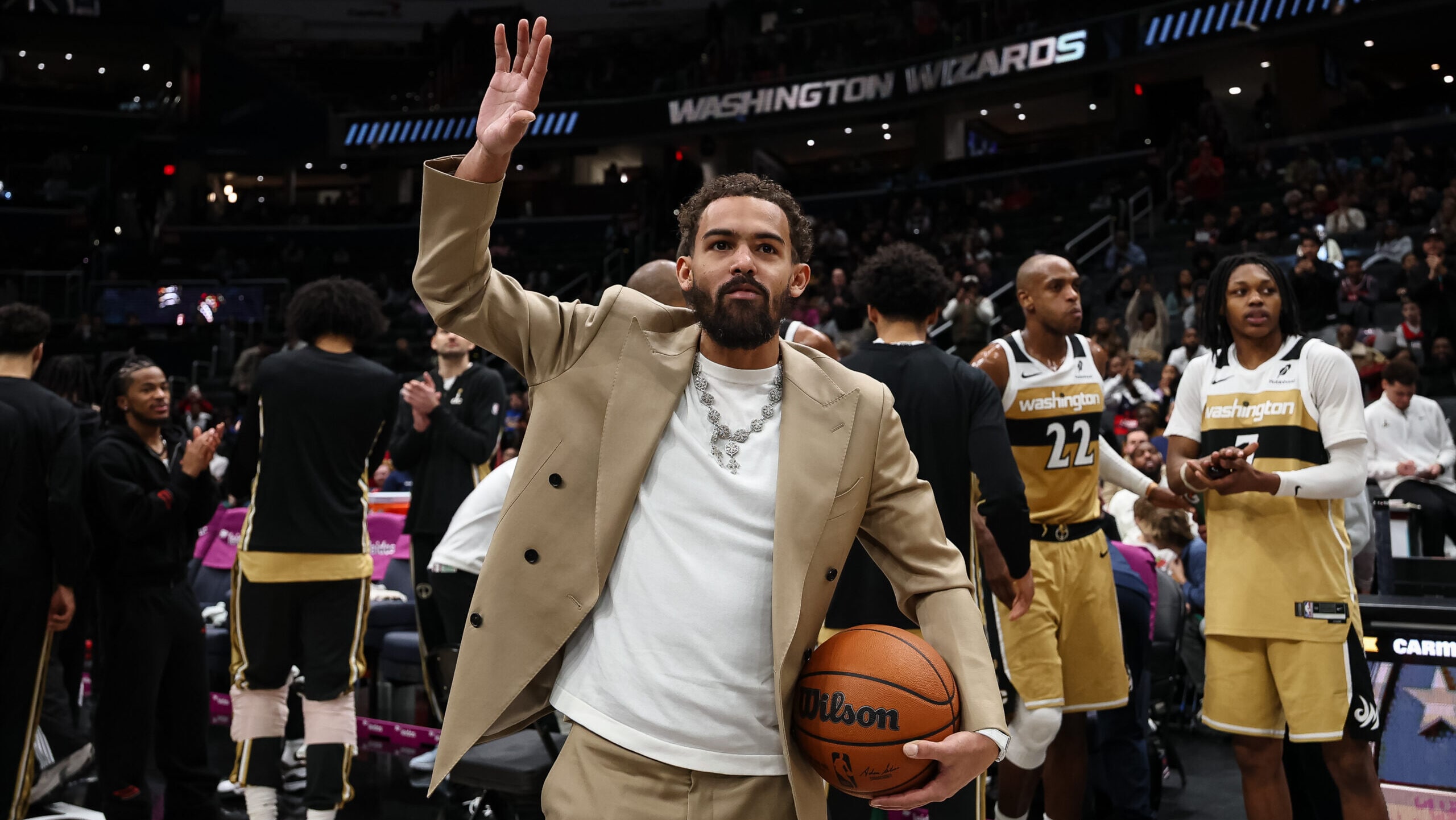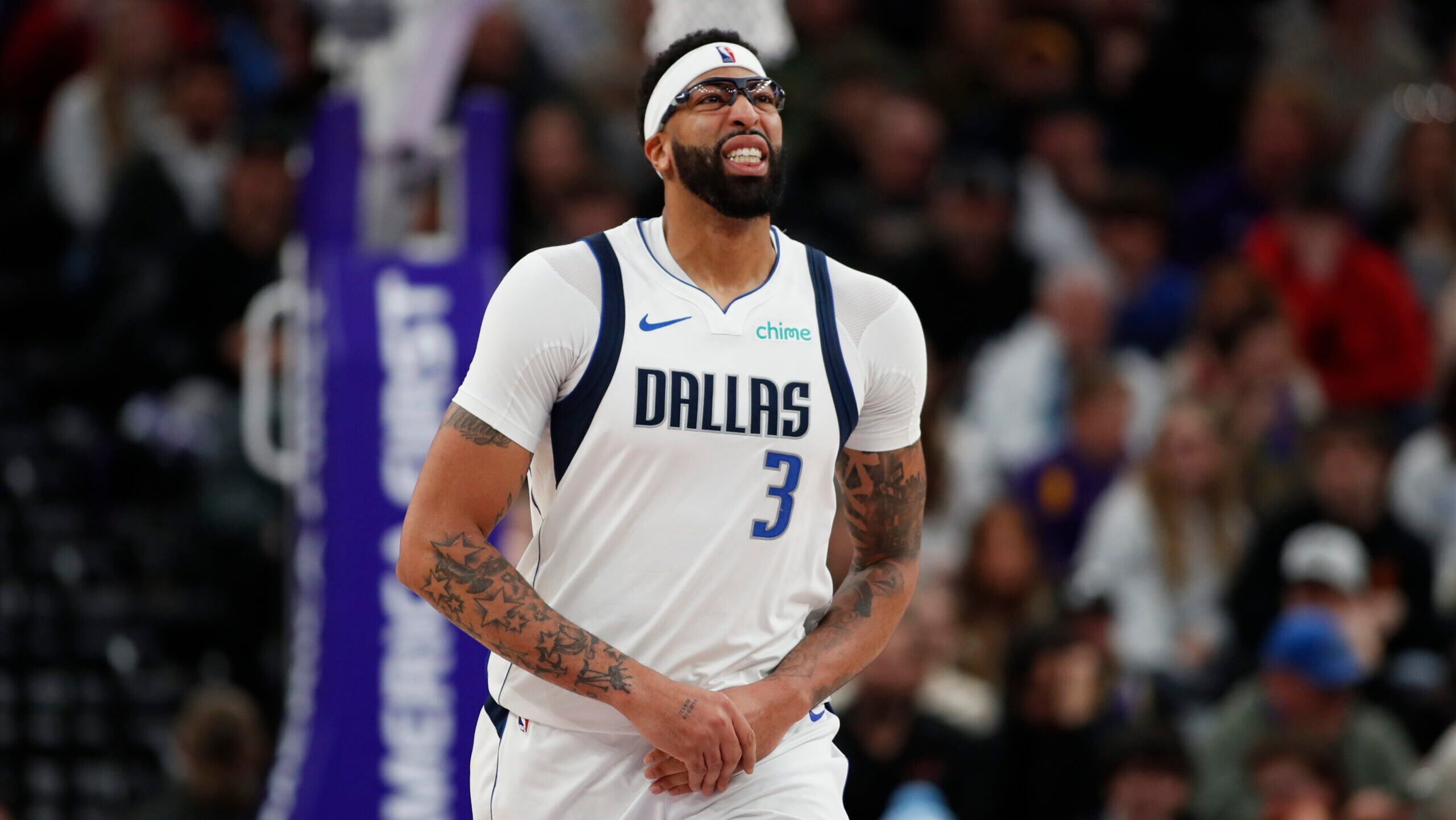
Plays ruled as flopping violations will result in a technical foul and free throw for the other team.
Viewers and fans will get a little bonus with their NBA basketball this season, wrapping their minds around some lessons in STEM.
Only it won’t be about science, technology, engineering or math. In this case, the focus will be on Secondary, Theatrical, Exaggerated and Movement.
Those are the criteria by which the league’s referees will assess new flopping violations, which will carry the penalty of a technical foul and free throw for the other team.
The intent? Get rid of the most outrageous instances of players, either offensively or defensively, reacting to basketball contact as if they’d gotten between Godzilla and his lunch.
“We don’t think there’s going to be a ton of these being called, because of what it is we’re targeting,” said Monty McCutchen, the NBA’s senior vice president, head of referee development and training. “The vast majority of plays that we think are enhancements or embellishments will still be no-calls, the way we do it now. But we want to get rid of the egregious, overt, over-the-top examples.”
Those plays will be signaled manually by a referee putting his hand on his shoulder, then extending that arm. The whistle won’t blow and the violation won’t be assessed, actually, until the “first neutral opportunity.” That is, the next available pause in the action to avoid interrupting any advantage the innocent team might have from the exaggeration.
Monty McCutchen provides several examples of flopping and how NBA officials will handle them this season.
For example: Picture a defender launching himself backward and flailing on the court trying to draw an imaginary charging foul. The ball handler will be allowed to continue his basketball maneuver, then the technical will be assessed and the free throw shot. If the ball handler were to pause or back up, that’s when the play would be stopped.
“We’re not outwardly trying to punish or embarrass people,” McCutchen said. “We just want this part of the game (to) disappear.”
That’s where the STEM acronym comes in. Initial reactions to contact – getting bumped backwards by an offensive player in the post or flinching/reacting to a tap in the face – won’t merit a call. But secondary reactions to “sell” the contact to the game officials and the fans might.
Same with players who show legit discomfort from a physical moment. That’s not considered theatrical. But going full Fred Sanford feigning a cardiac moment will be. Exaggerated is pretty self-explanatory, with a couple of exceptions.
Head snapping back in reaction to impact with an opposing player? Nope, McCutchen said head snaps alone will not merit flopping whistles. Yelling as if the guy had stepped barefoot on a Lego in the middle of the night? Nope, that won’t do it either.
“Screaming will not factor into the decisions,” he said. “Do we think it’s going to be part of the theatrical and the exaggerated? Yeah, I do. There’s a visual component to this to our fans. The voices don’t pick up as much. So to try to regulate yelling and screaming, it wouldn’t translate to our fan bases very well, to be perfectly honest.”
In other words, it’s very rare that yelling is isolated from flailing, falling, reeling or rolling – that’s why movement is part of the STEM.
“Contact comes with [screaming] because they are trying to draw attention,” McCutchen said. “But I think we do a pretty good job – we don’t give in to [just] yelling a lot.”
Coaches will be watching closely to see how the new rule is applied.
“It’s subjective – every foul is subjective,” Oklahoma City’s Mark Daigneault told NBA.com recently. “I thought [the implementation of] the transition take foul was a really smooth transition and I’m hoping for another smooth transition with this. You kind of knew it when you saw it with the take foul, and I think that will be the case with the flopping.”
Said New York’s Tom Thibodeau: “It probably will be a little harder with flopping. Because everyone views it one way, the defense, but there’s a lot of offensive flopping too. I’m concerned about that. But I think the intent is good, to try to clean things up.”
One way is to think about the range of calls or non-calls as a spectrum. From defensive flops at one extreme to defensive blocking fouls, then no-calls in the vast middle, next to offensive charging calls and offensive flops at the other extreme. More than one violation can be called on a play: A legitimate charging call also triggers a defensive flopping call.
But McCutchen indicated a review of last season’s 1,230 regular-season games revealed a tiny number of plays in which the new rule would have applied.
Of those, McCutchen said, “The league found that about 60% of the plays … were defensive violations. But again, [there were] only a small percentage of plays where this will be called.”
Probably even fewer now as players quickly learn what not to do anymore. As Thibodeau said of the typical learning curve when new rules or interpretations arrive almost annually each fall: “Our players are very good at adapting to how the game’s being called. I’m curious to see it.”
Technical fouls assessed for flopping violations are not considered unsportsmanlike – they’re more like a defensive 3-second tech – so they will not count toward the two-technical limit that triggers game ejection. If they are assessed in-game, there will be no financial penalty for the player. If not, however, and such a violation is found during game review afterward, the standard technical foul fine ($2,000) will be due.
That means during the game, the player’s team is penalized by the free throw and resulting point. After the game, the player pays the price.
More details: Coaches are not permitted to challenge flop calls. But if the referees are reviewing a play for another reason – a legit challenge, a clear-path foul, a flagrant foul, etc. – a flop might be found and assessed.
“Everything is on the table,” McCutchen said. “We can rescind a flop or add a flop.”
The flopping violation is one of three additions or new interpretations to the rule book this season. Another is allowing for a second coach’s challenge after a team correctly challenges a call earlier in the game. Some coaches were reluctant to use the option even on obvious errors, preferring to save it for a possible late-game situation.
The only difference with a coach’s second triggering of the green light is that he will lose a timeout whether his challenge is successful or not. it’s for game-flow consideration, McCutchen said.
Also, the “rip-through” move – when a player with the ball swings his arms to initiate contact with a defender – will be called differently this season. The league previously had changed the action from a shooting foul to a common foul against the defense. Now if the rip move is going away from the basket – a non-basketball move toward the sideline or the mid-court – it won’t even be treated as a foul. It will be a no-call.
* * *
Steve Aschburner has written about the NBA since 1980. You can e-mail him here, find his archive here and follow him on Twitter.
The views on this page do not necessarily reflect the views of the NBA, its clubs or Warner Bros. Discovery.




